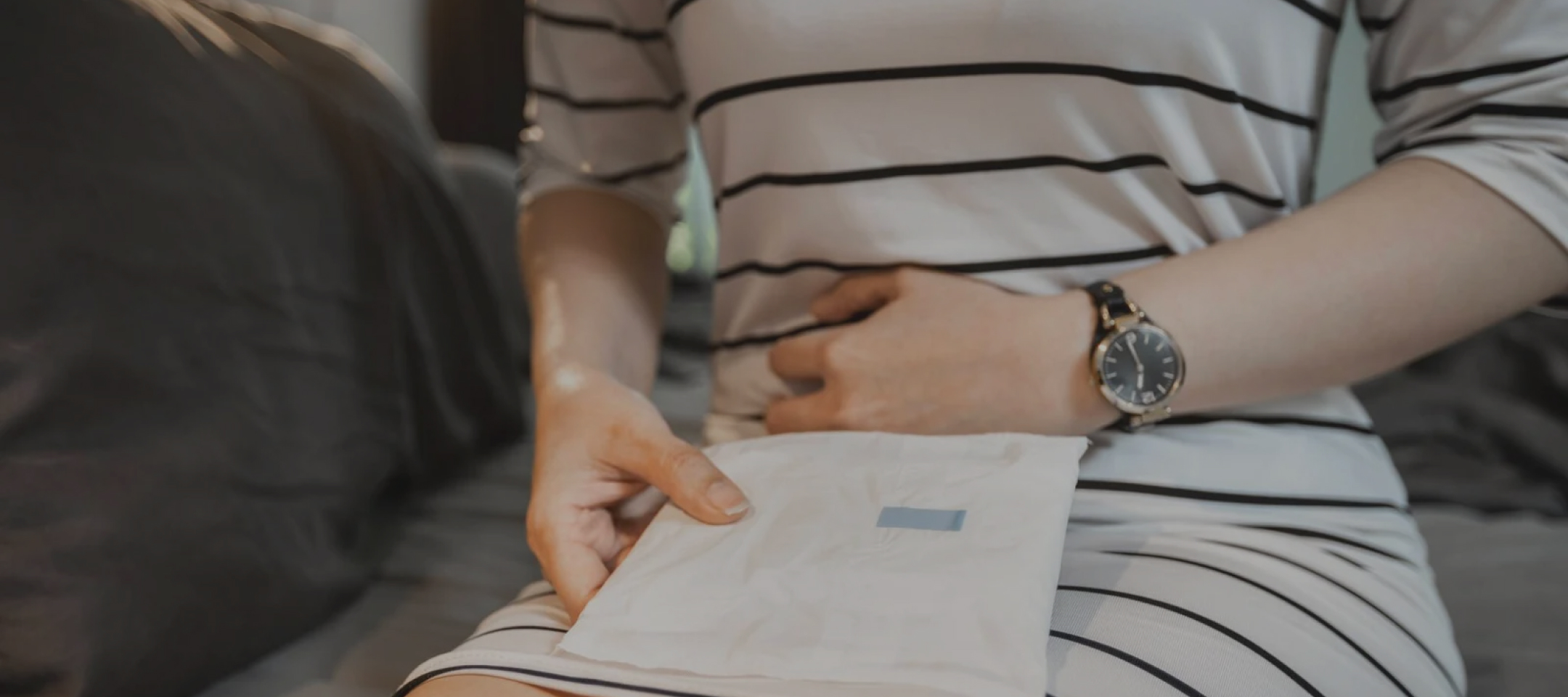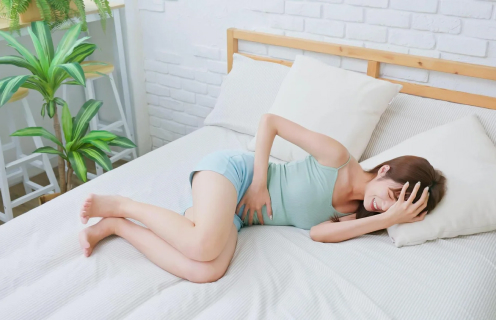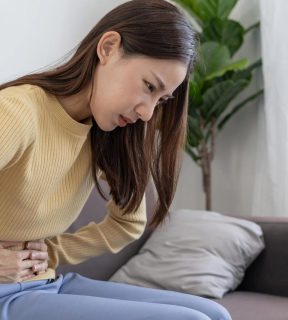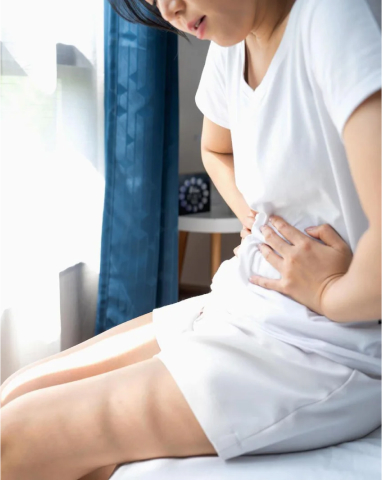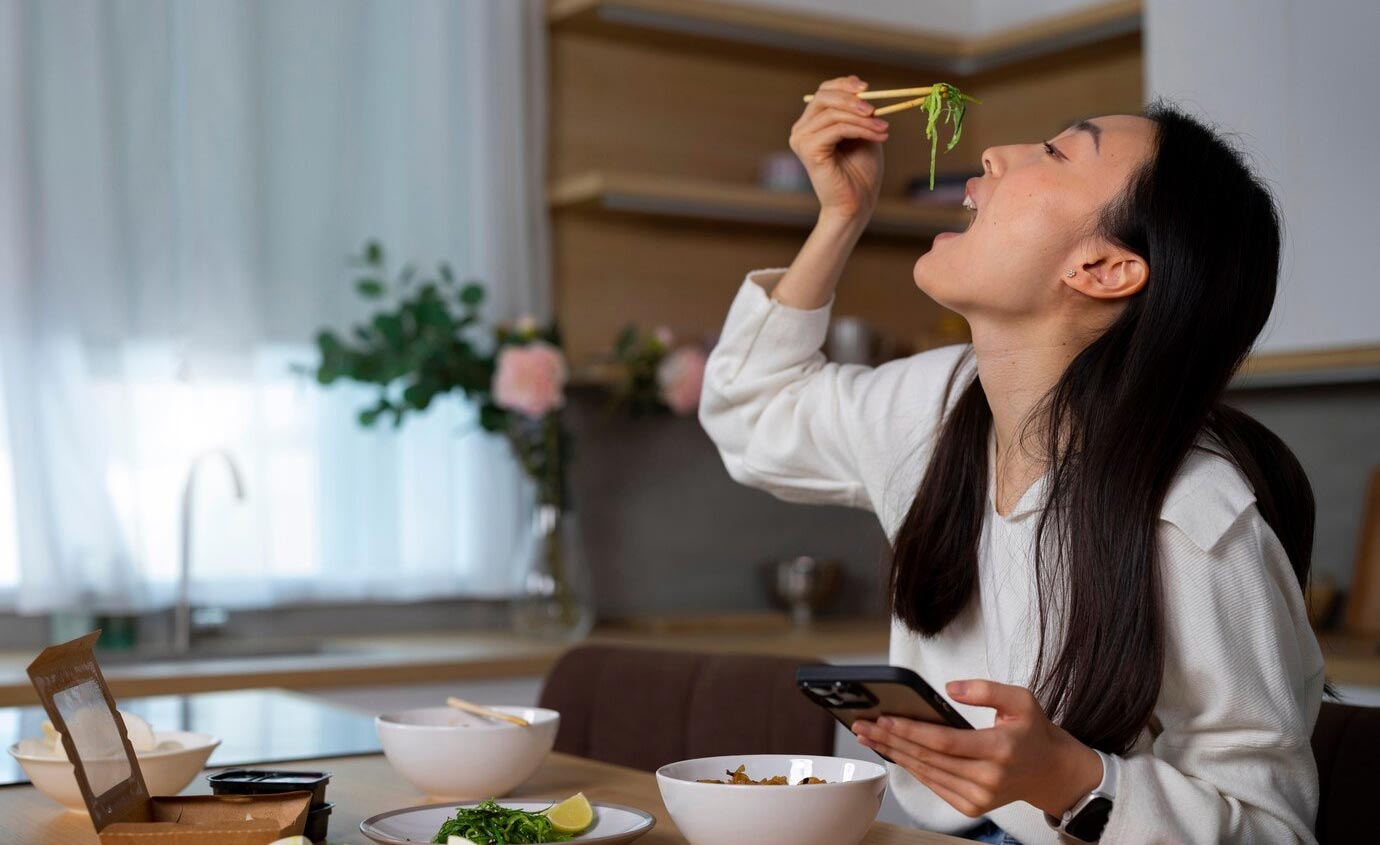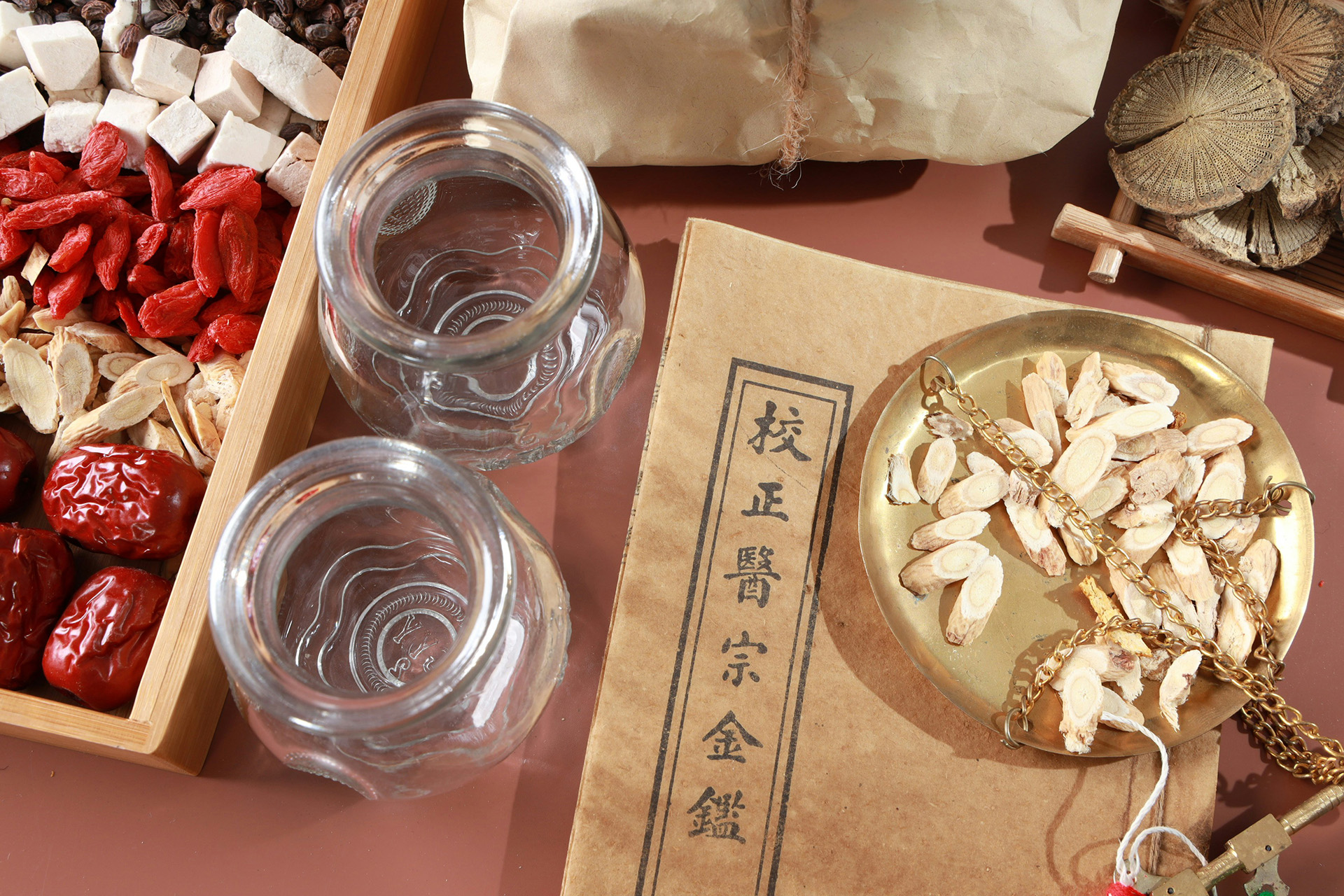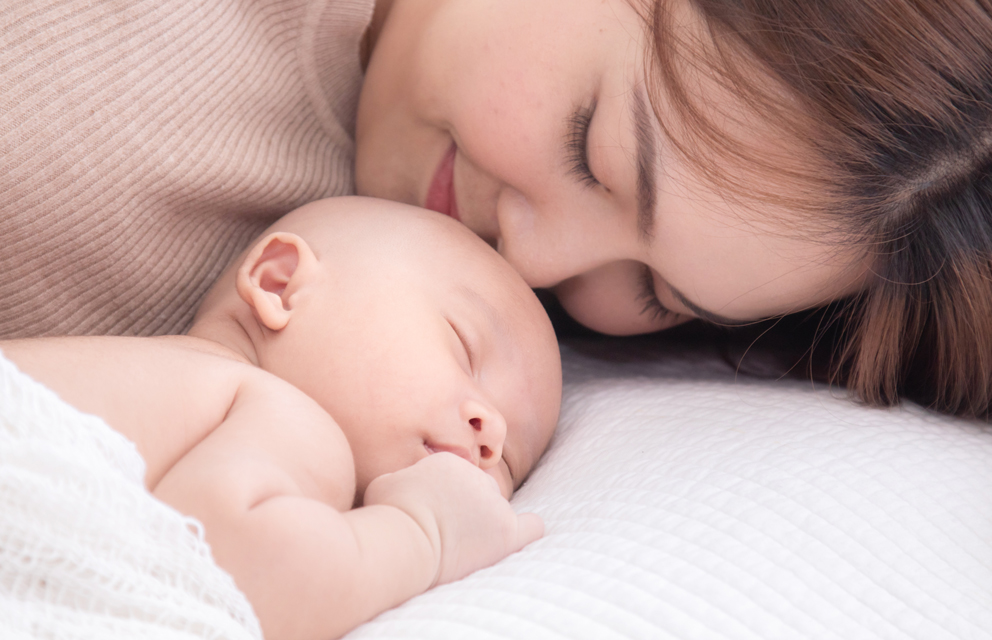Yin and Yang
Yin and Yang represent the fundamental qualities of TCM, classifying symptoms as either internal, slow, and cold (Yin) or external, acute, and hot (Yang).
Cold and Heat
Cold and Heat distinguish the nature of symptoms: Cold signs include chills, pale complexion, and cold limbs, while Heat signs manifest as fever, thirst, and flushed skin.
Qi and Blood Energy
Qi (vital energy) and Blood work together to energise and nourish the body. Practitioners assess their flow to detect deficiencies, stagnation, or imbalances.


